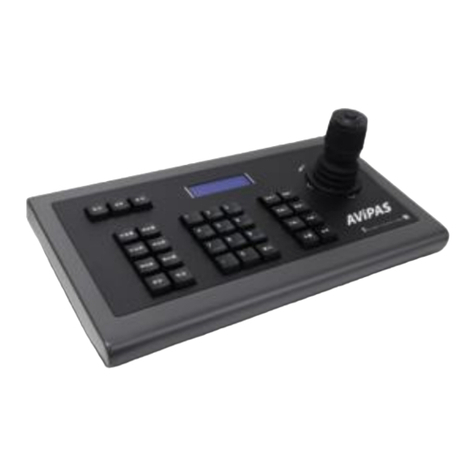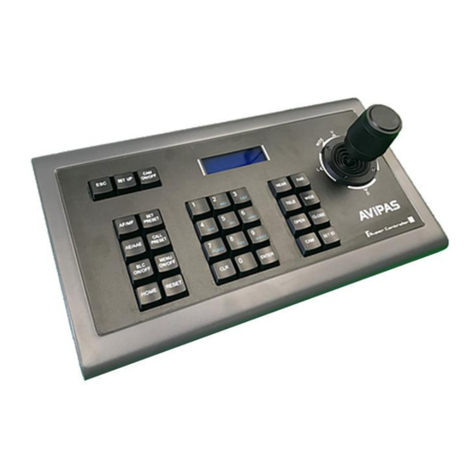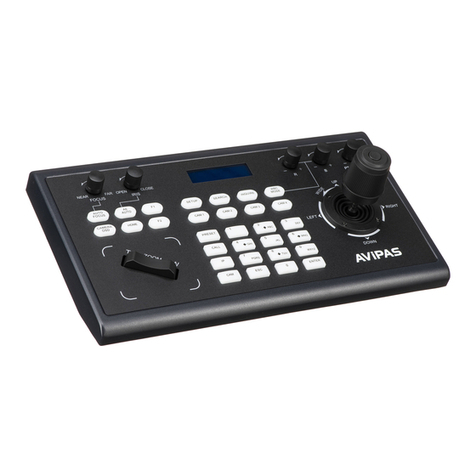
1
1. Security Guidance........................................ .....................................................................2
1.1 Cautions.........................................................................................................................................2
2. Check Before Using..........................................................................................................3
2.1 Packing List.................................................................................................................................3
2.2 The Wiring...................................... ........ ...................................................................................3
2.3 Bottom Dialing Switch...........................................................................................................3
3. Keyboard Description....................................................................................................4
3.1 Functional Features..................................................................................................................4
3.2 Technical Specifications........................................................................................................4
3.3 Product Dimension........................................................................................................ ..........5
3.4 Interface Description...............................................................................................................5
3.5 Display Screen ..................... ........ ........ ..................................................................................6
3.6 Button Function.........................................................................................................................6
4. Menu Setting.........................................................................................................................11
4.1 Menu Instructions....................................................................................................................11
4.2 Menu Options............................................................................................................................11
5. Wiring diagram..................................................................................................................12
5.1 Connection in network mode.............................................................................................12
5.2 Connection in RS232 mode................................................................................................13
5.3 Connection in RS422 mode................................................................................................13
5.4 Connection in RS485 mode................................................................................................14
5.5 Cascade in RS232, RS422, RS485 mode.....................................................................15
6. WEB User Interface.......................................................................................................17
6.1 Login Instruction.....................................................................................................................17
6.2 Device Control.........................................................................................................................17
6.3 Network Parameter................................................................................................................18
6.4 Firmware Upgrade.................................................................................................................18
6.5 Reset Options...........................................................................................................................18
6.6 Account.......................................................................................................................................19
7. Frequently Asked Questions..................................................................................20
































